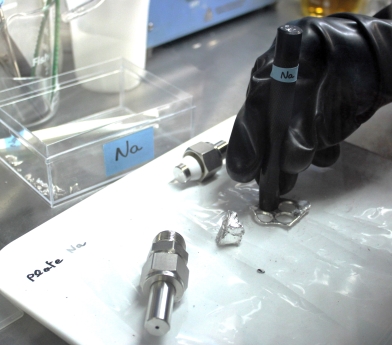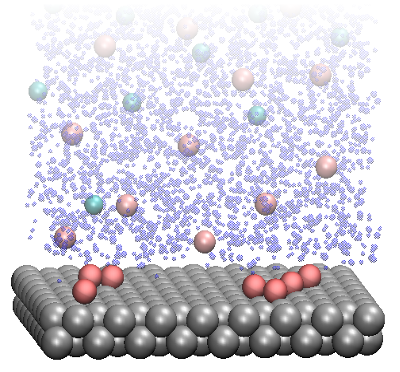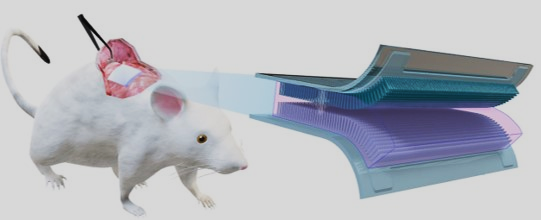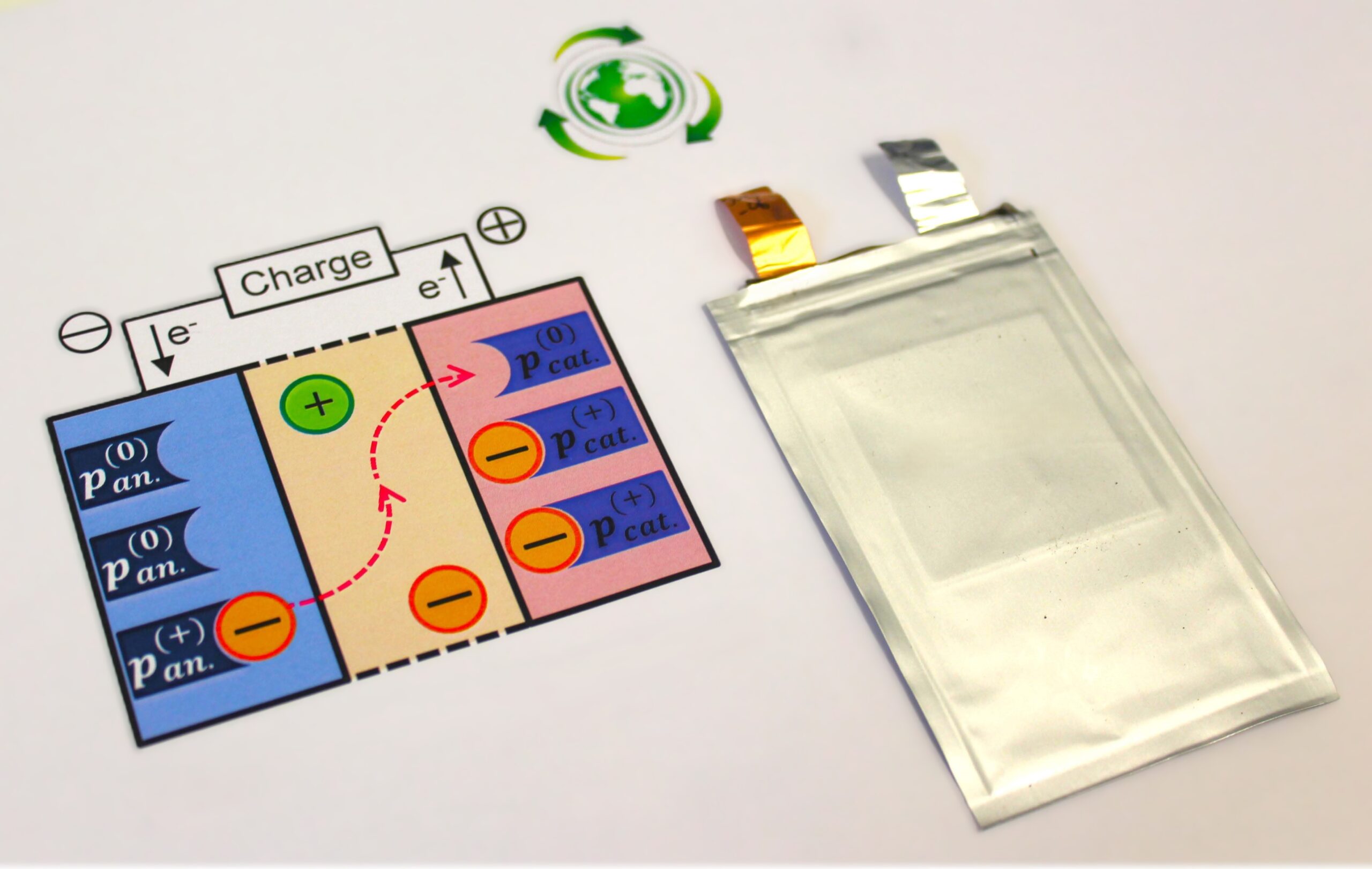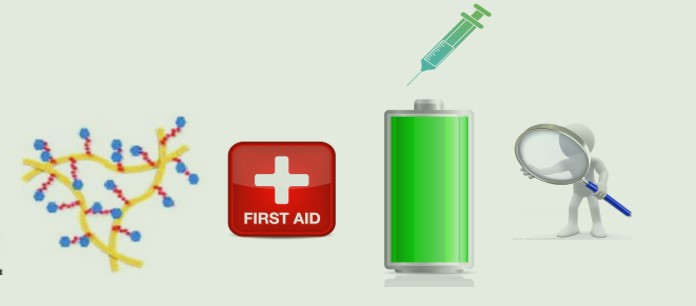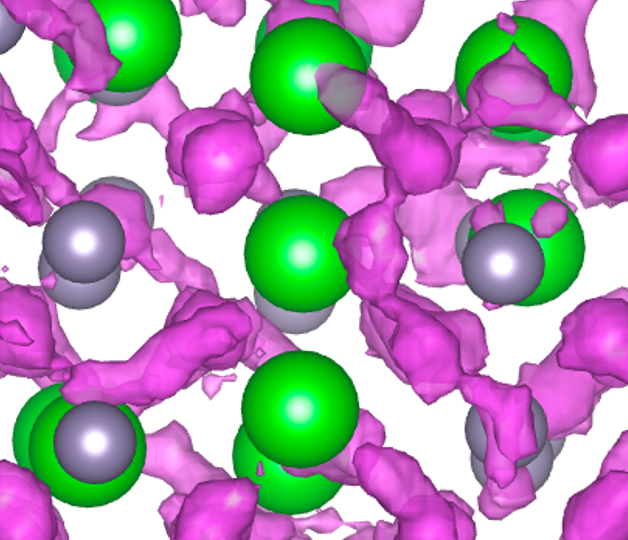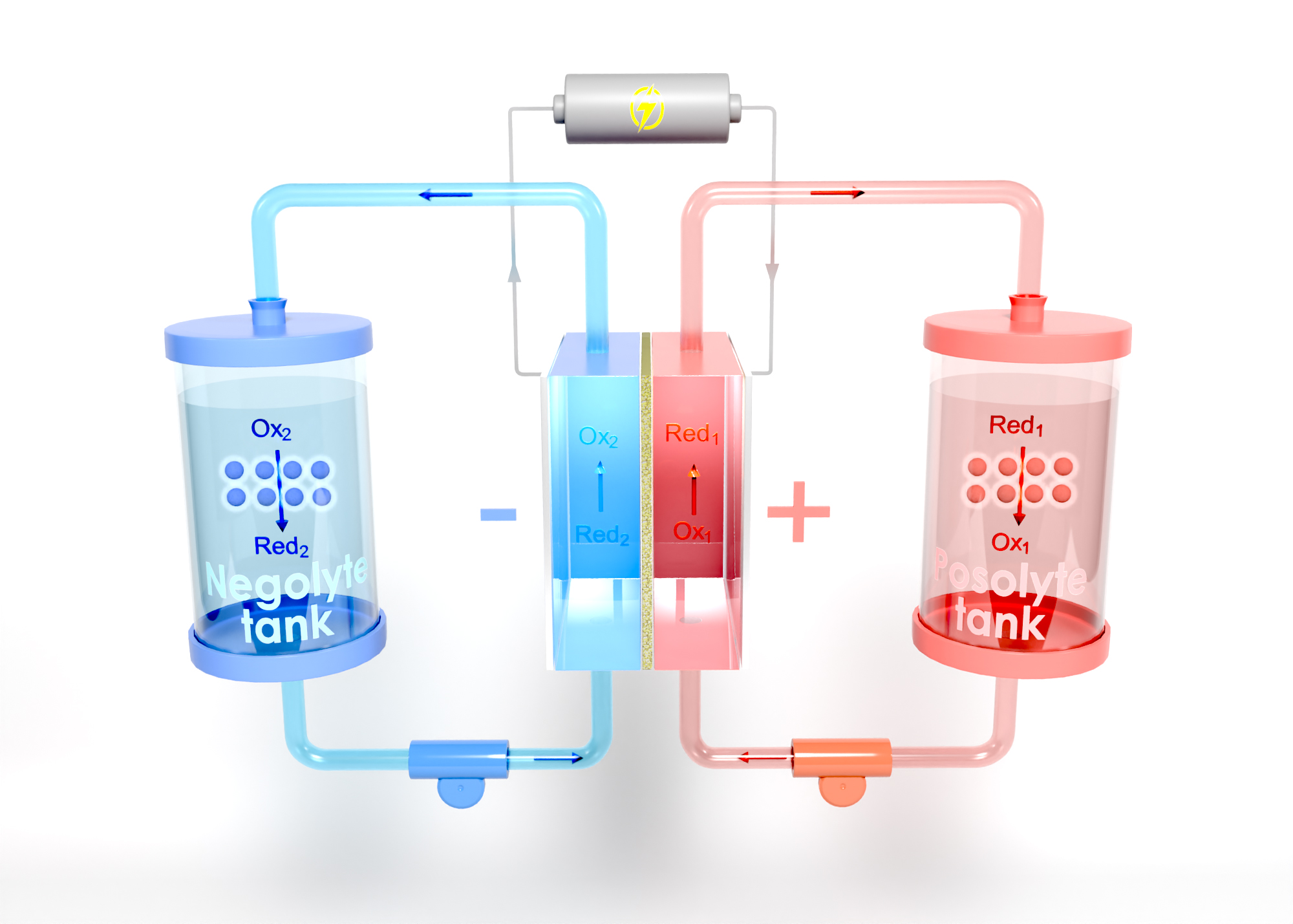
DISCOVERY
High-energy density aqueous organic flow batteries
Overview
Aqueous flow batteries with high energy density combining mediators and functional boosters
Dr Florence Geneste (UMR-CNRS 6226 Institut des Sciences Chimiques de Rennes, Université de Rennes)
The Discovery project focuses on the storage of intermittent energy using aqueous flow batteries. It aims to overcome the technological barrier of energy density, which currently limits the development of this type of battery, by introducing redox organic solids into the reservoirs. The effort focuses on three closely related elements of the battery: redox mediators, organic solids, and the membrane. Highly soluble redox species will be designed, solid boosters will be identified, and new hydrocarbon membranes will be studied.
Keywords
Storage, Redox-Targeting, Aqueous Redox Flow Batteries, Membranes, Posolyte, Negolyte
Tasks
Our research
The objective is to prepare compounds whose solubility and redox potential are compatible with use as posolytes in neutral to basic environments. The project will focus on developing less explored families such as derivatives of phenothiazine, ferrocene, and manganese complexes.
Redox mediators for the negolyte
This task will be dedicated to developing negolytes derived from quinones and iron complexes. The impact of the electrolytic environment on the solubility, redox potential, and stability of redox molecules will be examined.
Organic solids
Redox organic solids will be prepared using two approaches: the synthesis of redox polymers and the immobilization of insoluble redox compounds in porous matrices. Challenges related to the compatibility of the mediator and organic solid potentials will be addressed through a structural analogy-based approach between the two entities.
Implementation in redox flow batteries
This task will focus on battery testing. The goal is to develop stable, non-fluorinated selective membranes compatible with the electrolytic solutions developed in Tasks 1 and 2. The most promising mediator/organic solid/membrane systems will be tested in flow batteries. A life cycle analysis and material criticality assessment will be conducted to evaluate the environmental impact of the battery.
The consortium
3 academic laboratories, 2 CEA institutes
This project will contribute to the development of new redox organic materials, both soluble and insoluble in aqueous environments, as well as stable and selective non-fluorinated membranes for neutral to basic media. The implementation of these materials in aqueous flow batteries will help achieve performance goals in terms of energy density. A life cycle analysis of these new stationary storage systems will also be conducted.
Aqueous redox flow batteries emerge as a cost-effective, low environmental impact solution for optimizing renewable energy production due to their high storage capacity and flexible energy/power ratio. This project, which focuses on the preparation of organic materials free from critical metals, will contribute to the development of these high-performance aqueous batteries in terms of safety (non-flammable and non-explosive) and durability (long lifespan and recyclability). The synthesis of new non-fluorinated membranes further enhances the project’s environmental benefits.
Training of 7 PhD students
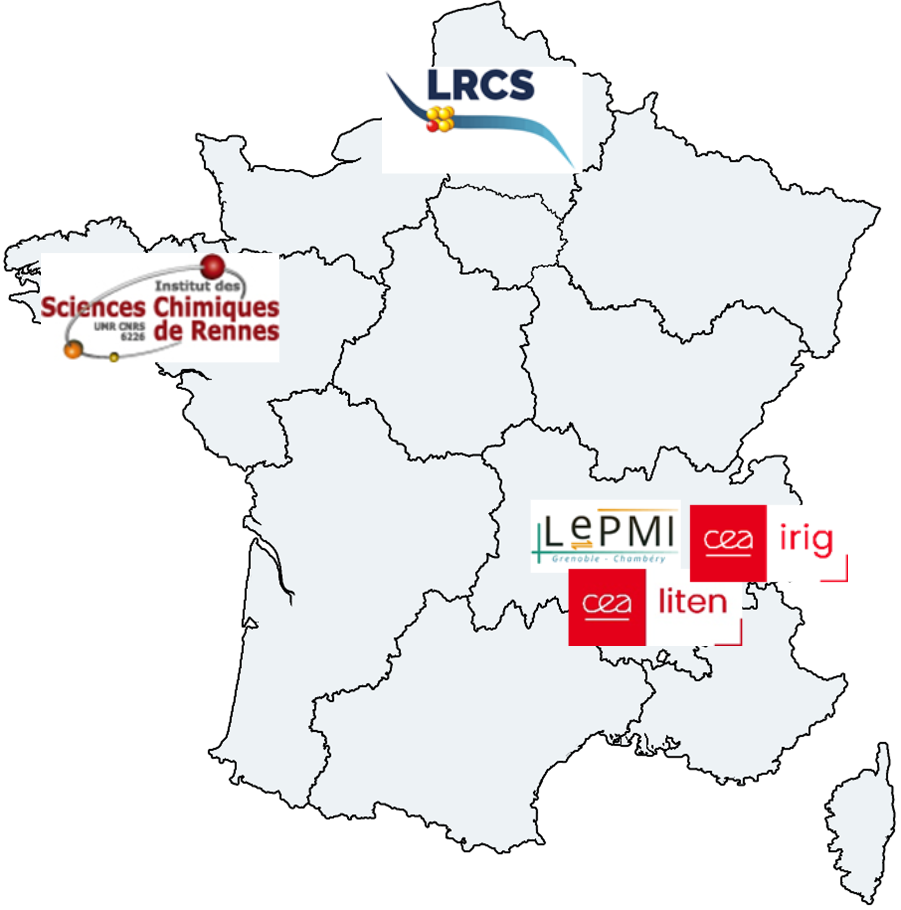
Les autres projets PEPR
